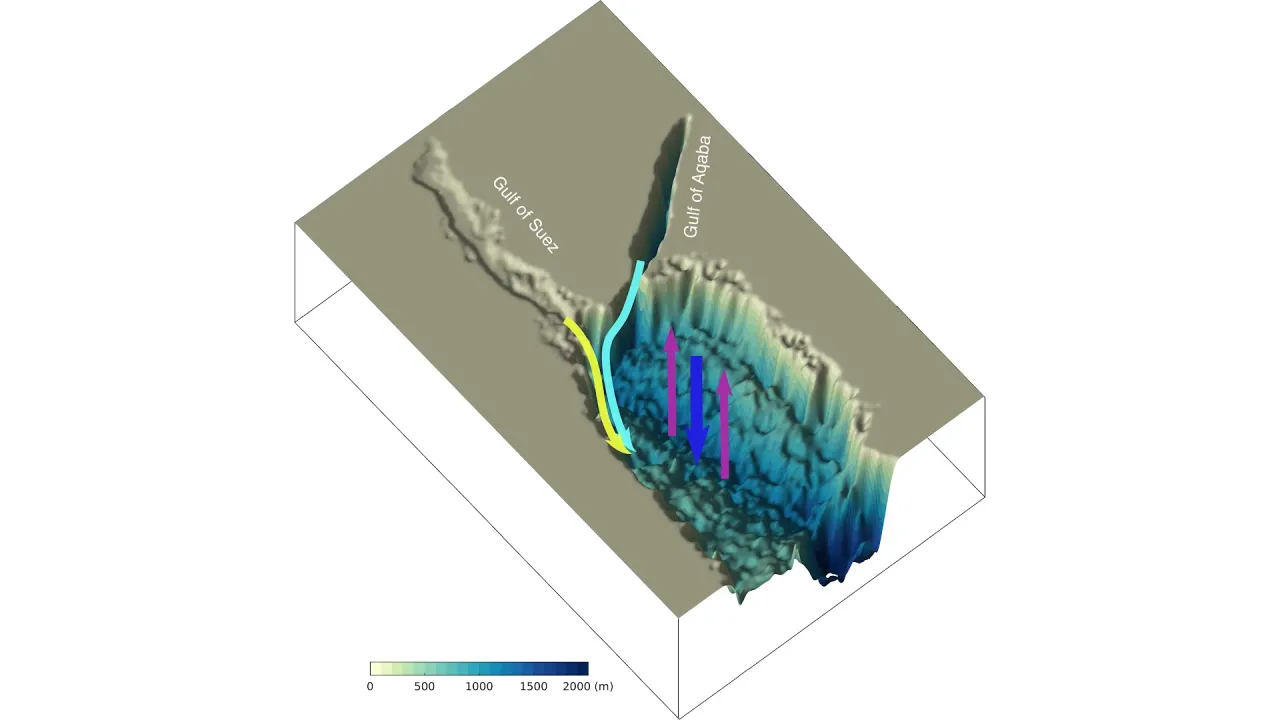
Red Sea flushes faster from far-flung volcanoes
Volcanic eruptions in Mexico and the Philippines can lead to atmospheric changes that favor the ventilation of deep water in the Red Sea.
About
Deep water in the Red Sea gets replenished much faster than previously thought and its circulation is directly affected by major climatic events, including volcanic eruptions, KAUST researchers have found.
Water occupying depths from 300 to 2000 meters in the Red Sea are recognized as the warmest and saltiest deep water in the world, with near-homogenous temperatures above 20 degrees Celsius and salinities higher than 40.5 practical salinity units (psu). The world average for similar depths is 2.5 degrees Celsius and 35 psu.
Until now, research has suggested that the Red Sea’s deep water is relatively stagnant, taking some 36 to 90 years to renew, and that its main source of renewal is water flowing from the northern Gulfs of Suez and Aqaba into the sea’s main basin.
KAUST Associate Professor Ibrahim Hoteit, who specializes in earth fluid modeling, with Fengchao Yao, a physical oceanographer, used an ocean circulation simulator to gain further insight into the circulation of the Red Sea’s deep water.
They compared the temperature and salinity data gathered by six cruises from along the central axis of the Red Sea and found evidence revealing deep circulation changes during the period between 1982 and 2011. They then used atmospheric data to reconstruct the Red Sea’s three-dimensional circulation over a 20-year period.
“We found that the deep water of the Red Sea experienced rather rapid renewals in the period from 1982 to 2001, which is against the conventional idea that it is mostly stagnant,” says Yao.
Read the full article
